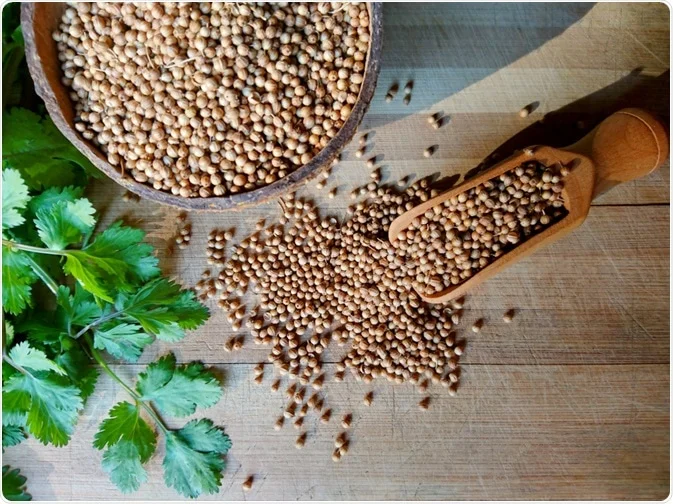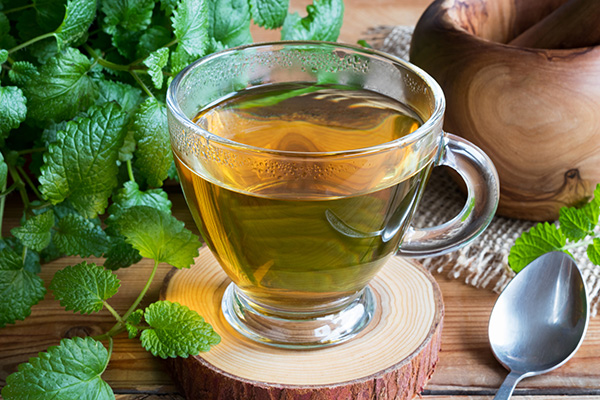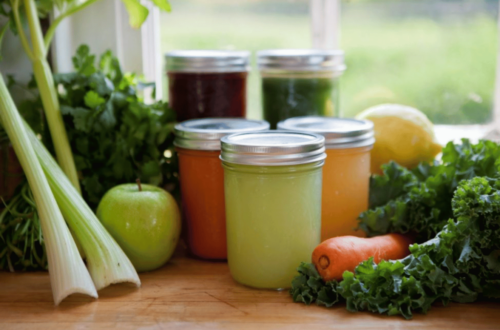What does coriander taste like to people?
What does coriander taste like? First, coriander, known as cilantro in certain regions, is an herb that enjoys widespread popularity in culinary practices around the globe. Its flavor is quite distinctive and can elicit a range of reactions based on individual preferences.
Some people describe coriander’s taste as citrusy, mildly peppery, and herbaceous, while others find it reminiscent of soap or overly pungent. This variance in flavor perception is thought to stem from genetic differences that affect how individuals interpret specific compounds found in coriander.
Again, coriander refers to the dried seeds of the coriander plant, which is also known for its edible leaves called cilantro. Interestingly, both coriander seeds and cilantro come from the same plant.
In British cuisine, the term “coriander” typically encompasses both the leaves and the seeds, whereas in the United States, “coriander” specifically refers to the seeds, which are classified as a spice.
The coriander plant thrives in a variety of regions, ranging from Southern Europe to Southwestern Asia, which influences the culinary traditions where it is most commonly used.
Both the seeds and leaves are integral ingredients in numerous global cuisines, including European, Central and South American, Indian, Middle Eastern, and Asian dishes, primarily featured in savory recipes. This versatility makes coriander a popular choice for adding flavor and depth to a wide array of culinary creations.
Whether or not you enjoy coriander ultimately hinges on your personal taste preferences. Many people relish the fresh, vibrant flavor that coriander imparts to various dishes, while others may find its taste too strong or disagreeable.
If you are someone who enjoys exploring new flavors and experimenting with a diverse array of herbs and spices, it could be worthwhile to give coriander a try and discover whether it appeals to your palate.
As stated above, coriander is a remarkably versatile herb featured prominently in many cuisines, including Mexican, Indian, Middle Eastern, and Southeast Asian dishes. It can be utilized fresh as a garnish or incorporated into recipes toward the end of cooking to retain its bright flavor.
Additionally, coriander seeds are often used as a spice in culinary applications, offering a flavor profile that differs slightly from that of the fresh leaves.
Ultimately, the decision to recommend coriander is subjective and varies based on individual taste. For those who delight in trying new flavors and incorporating different herbs and spices into their cooking, coriander can be an excellent addition to your culinary repertoire, enhancing dishes with its unique taste and aroma.
What does Cilantro taste like to people?
Research indicates that as many as one in five individuals perceive a soapy taste when consuming coriander. This phenomenon is thought to be linked to a heightened sensitivity to certain chemicals known as aldehydes.
These compounds are naturally present in coriander and are also commonly used in the fragrance of soaps and detergents, which may explain why some people associate the herb with a soapy flavor.
In a significant study conducted in 2012, researchers in California examined the DNA of over 14,000 participants. Their analysis led to the identification of two specific genetic variants that are linked to this soapy taste perception.
Among these variants, the most prevalent is associated with a gene responsible for coding an odor receptor that is specifically designed to detect aldehydes.
This genetic predisposition appears to influence how some individuals experience the flavor of coriander, leading to a distinctively different taste perception compared to those who enjoy its more traditional herbal and citrus notes.
These findings underscore the complex interplay between genetics and sensory perception, highlighting how our individual biological makeup can shape our culinary experiences and preferences.
Why Does Coriander Taste Like Soap to Some People?
As state above, cilantro, also known as coriander leaves, is a flavorful herb that many people enjoy for its unique taste, which combines notes of parsley and citrus. This versatile ingredient is a staple in various cuisines around the globe, enhancing dishes with its fresh and zesty flavor.
However, not everyone shares the same enthusiasm for cilantro; some individuals find it absolutely unpalatable, including the renowned chef Julia Child, who famously expressed her dislike for the herb.
The aversion to cilantro often stems from individual preference, but for those who perceive its flavor as akin to soap, the explanation lies in genetics.
These individuals carry a variation in a group of olfactory-receptor genes that heightens their ability to detect certain aldehydes present in cilantro, which are responsible for the soapy taste.
This genetic predisposition is relatively rare and varies among different populations. Interestingly, regions where cilantro is highly regarded, such as Central America and India, tend to have lower frequencies of this genetic variation. This might help explain why the herb has become a culinary staple in those areas.
In contrast, East Asian populations exhibit a higher incidence of this genetic quirk, with studies indicating that nearly 20% of individuals in these regions experience cilantro as having a soapy flavor.
Despite this aversion, there is some evidence suggesting that those who dislike cilantro may be able to overcome their distaste through repeated exposure, particularly if the herb is crushed, as this can alter its flavor profile.
However, many people ultimately choose to heed their genetic inclinations, opting to avoid cilantro altogether to steer clear of its soap-like taste.
Here are some delicious recipes that incorporate coriander seeds and ground coriander into your cooking:
- Chicken Stew with Coriander, Cilantro, and Chard
A comforting stew that combines tender chicken, fresh cilantro, and nutritious chard, seasoned with aromatic coriander for a flavorful dish. - Chicken Peanut Curry
This rich and creamy curry features chicken simmered in a savory peanut sauce, enhanced with coriander for an extra layer of flavor. - Citrusy Cabbage Salad with Cumin and Coriander
A refreshing salad that combines crunchy cabbage with citrus dressing and the warm spices of cumin and coriander, creating a zesty side dish. - Ginger Chicken with Almonds
A delightful dish where marinated chicken is stir-fried with ginger and topped with toasted almonds, with a hint of coriander to elevate the flavors. - Curry-Spiced Lentil Burgers with Cilantro Chutney
Flavorful lentil burgers seasoned with curry spices and coriander, served with a vibrant cilantro chutney for a tasty vegetarian meal. - Moroccan-Spiced Sweet Potato and Chickpea Stew
A hearty stew that features sweet potatoes and chickpeas cooked in a fragrant Moroccan spice blend, including coriander, for a satisfying and wholesome dish.
These recipes showcase the versatility of coriander and how it can enhance various dishes with its unique flavor.
Benefits of Eating Pomegranate
Foods to help with Constipation

A graduate of Computer Science and Information Management Technology. Diploma – Caregiving, Certificates – Dementia and Diabetes Awareness and Management. A researcher, blogger, songwriter, singer and acoustic guitarist. Born in an environment where natural talents such as healing are imparted at our natural birth. This natural talents of healing is the result of our genetic inheritance and the training from family environment.









